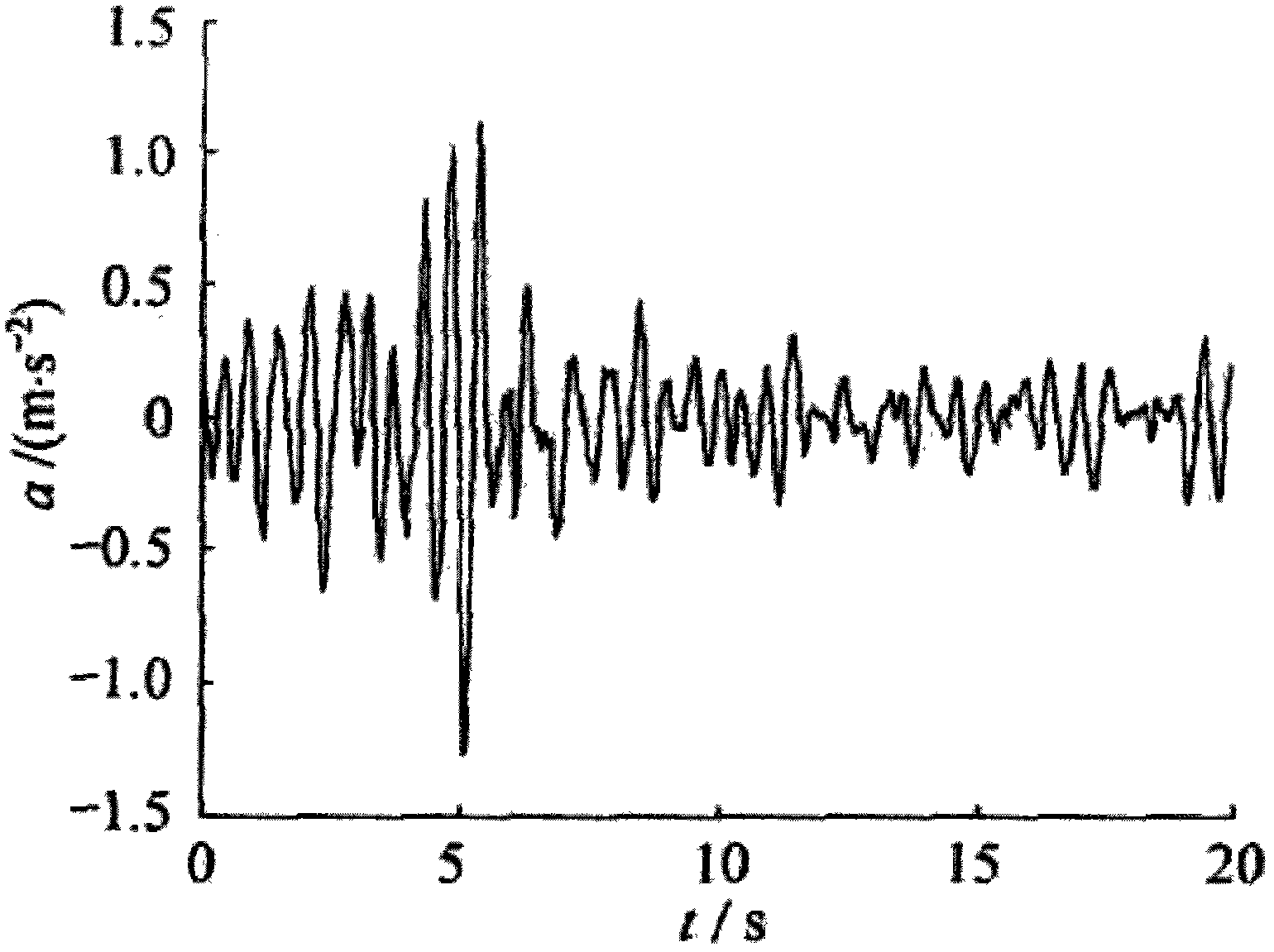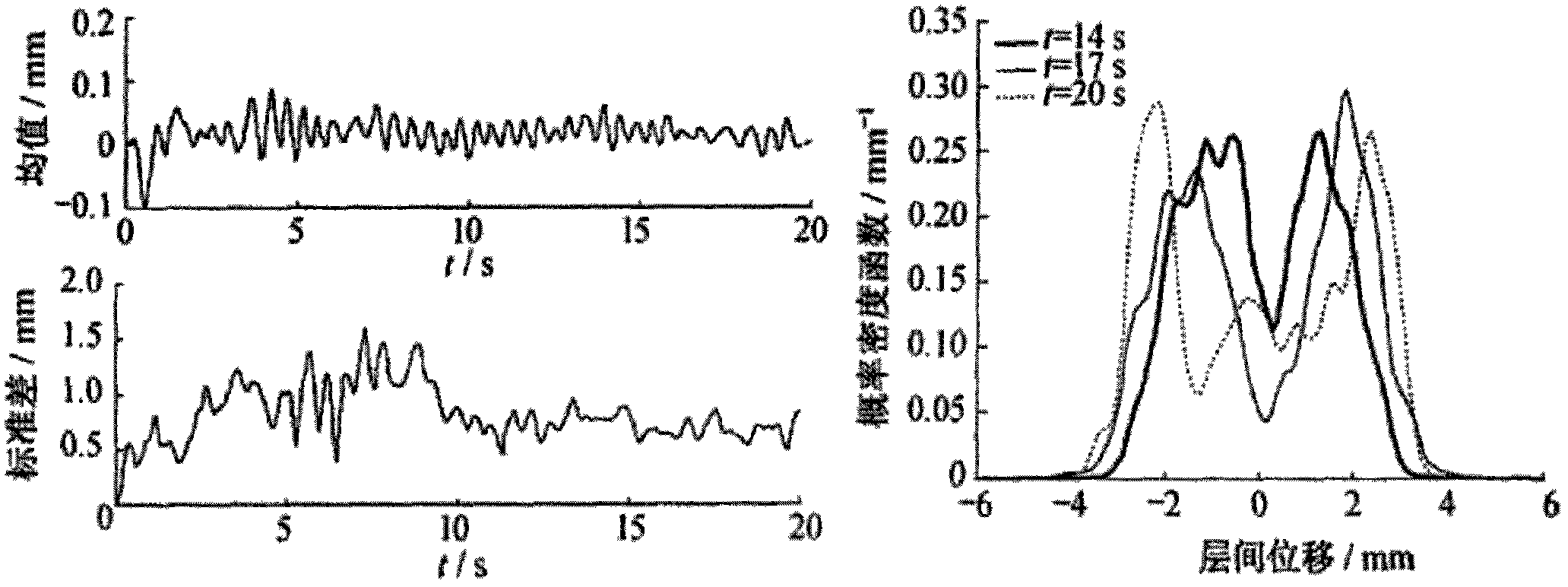Method for evaluating anti-seismic property of building
A technology for seismic performance and buildings, applied in special data processing applications, instruments, electrical digital data processing, etc., can solve problems such as heavy computational workload, difficulty in ensuring accuracy, and difficulty in knowing the artificial assumption of joint probability distribution, etc., to achieve improvement Economic benefits and the effect of expanding engineering applications
- Summary
- Abstract
- Description
- Claims
- Application Information
AI Technical Summary
Problems solved by technology
Method used
Image
Examples
Embodiment
[0041] The present embodiment is based on the eight-story office building in a certain place for research, and the method for evaluating the seismic performance of this building may further comprise the steps:
[0042] (1) According to the site conditions, a random ground motion input model that meets the requirements is established, in which the site excellent frequency ω 0 and damping ratio ζ 0 Take it as a random parameter, and use the collected on-site geological exploration data and random parameter modeling to obtain ω 0 and ζ 0 The distribution information of ω 0 The mean is 12rad·s -1 , the coefficient of variation is 0.42; ζ 0 The mean is 0.1 and the coefficient of variation is 0.35, both of which follow a lognormal distribution. When the parameters in the random ground motion model are averaged, the average parameter seismic wave will be generated, figure 1 is the mean value parameter ground motion under the condition of frequent occurrence of 8 degrees (seismi...
PUM
 Login to View More
Login to View More Abstract
Description
Claims
Application Information
 Login to View More
Login to View More - R&D
- Intellectual Property
- Life Sciences
- Materials
- Tech Scout
- Unparalleled Data Quality
- Higher Quality Content
- 60% Fewer Hallucinations
Browse by: Latest US Patents, China's latest patents, Technical Efficacy Thesaurus, Application Domain, Technology Topic, Popular Technical Reports.
© 2025 PatSnap. All rights reserved.Legal|Privacy policy|Modern Slavery Act Transparency Statement|Sitemap|About US| Contact US: help@patsnap.com



